Nearly a surprise to the dining staff and to the students in the dining hall, the NAACP student chapter held a sit-in on Monday, Feb 25, a sit-in set up to be something educational.
The intention was to represent the sit-in that occurred in 1960 when four African-American men sat in a whites only section at a diner in North Carolina. Plenty of planning had apparently gone into this event, however, that wasn’t expressed to the students.
As people began to file into the cafeteria for lunch, they could hear the mumbles of discomfort as students tried to figure out what was going on. Because students were poorly informed of the event, they were disgruntled and some chose not to eat in the cafeteria.
At noon Olivia Whitley and Jordan Branch, student organizers, gave a small speech about the sit in. Their delivery fell short due to quietness, but the information provided was great.
If the goal was to be educational, then there should have been more vocal announcements made, rather than just a short series of facts.
Next year we hope they do another sit in, but with better advertising. NAACP members were definitely on to something with this demonstration. They just fell short on the publicity and explanation ahead of time and during the sit-in.
Read Lauren Roberts’ article: “Sit-in angers students.”





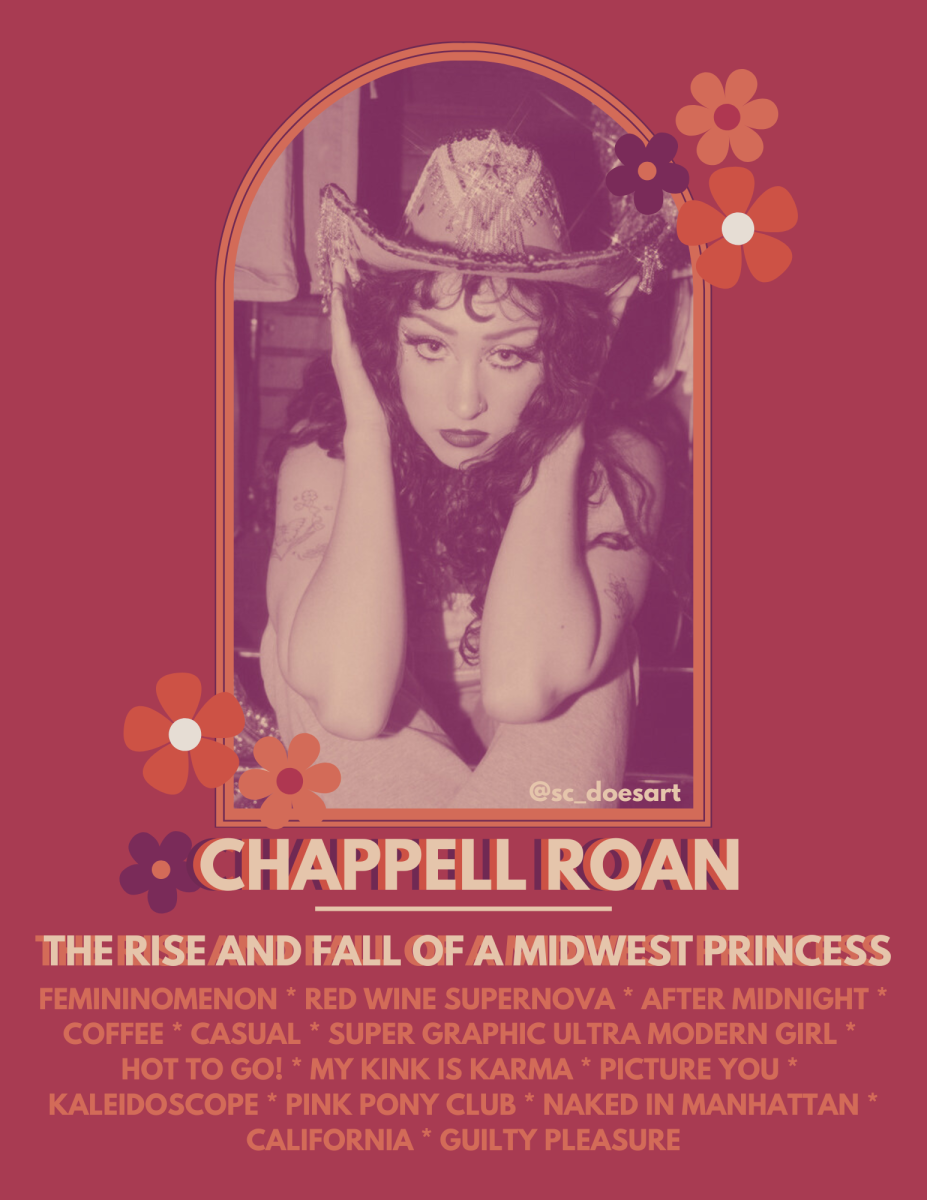
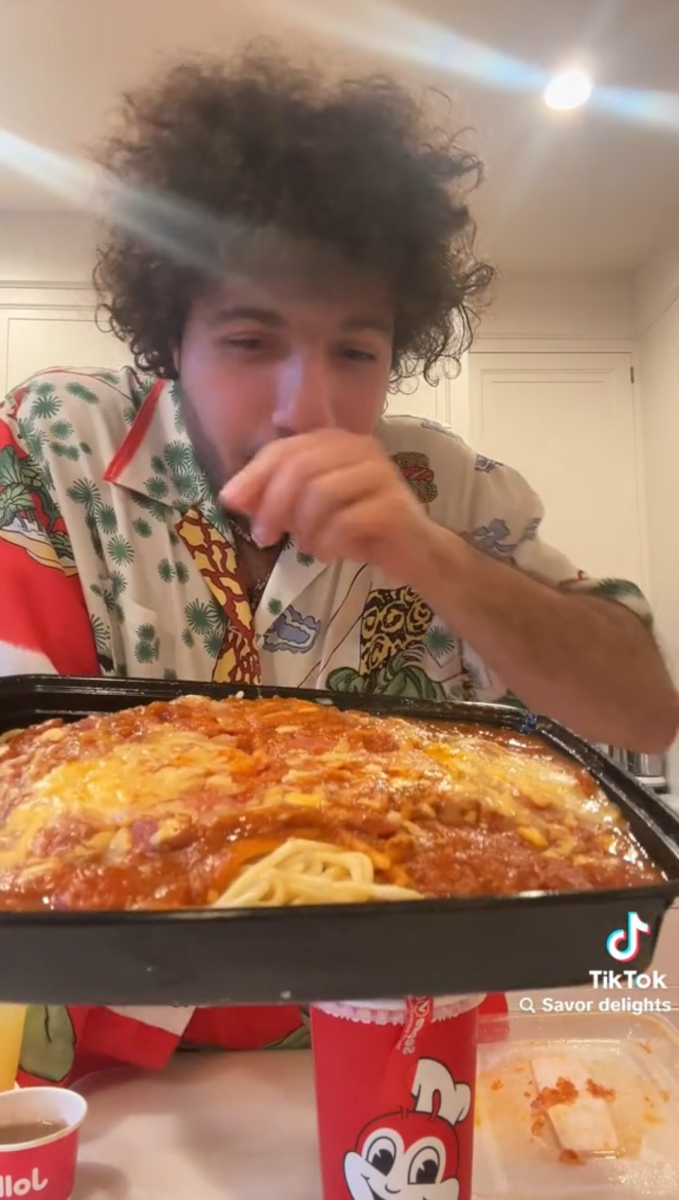

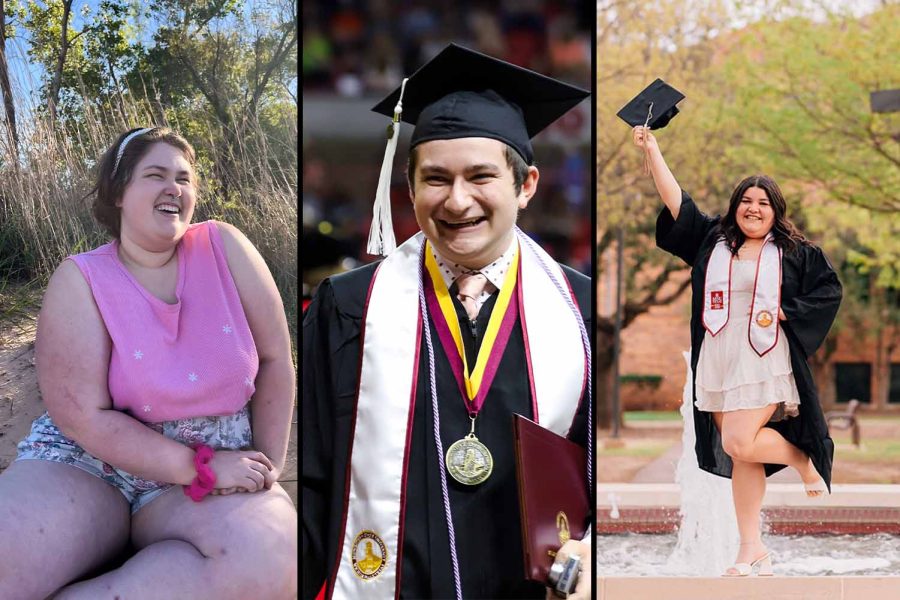

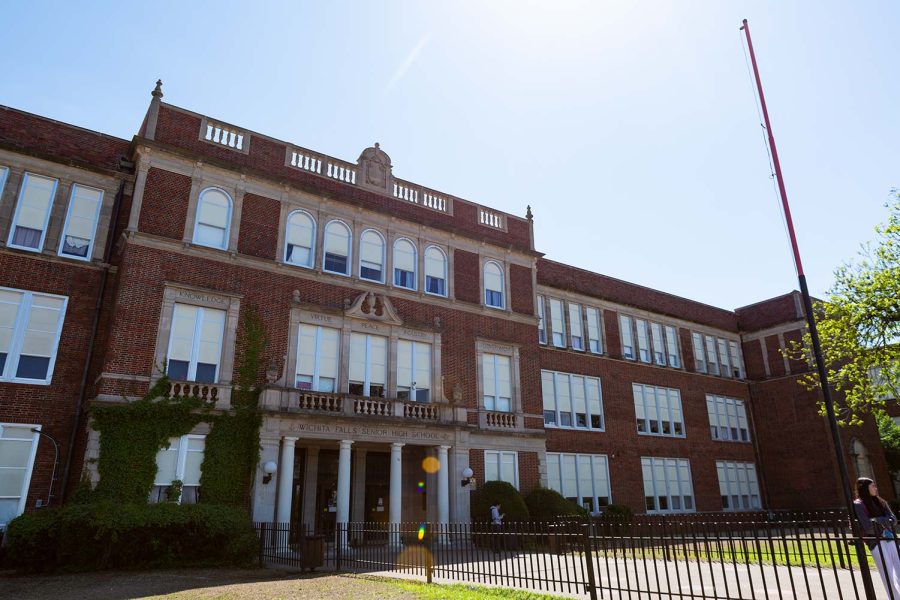
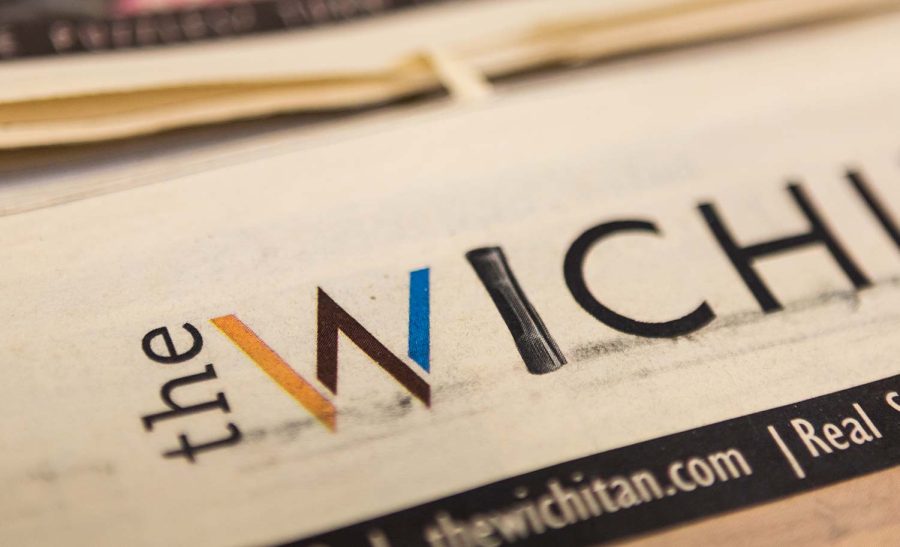
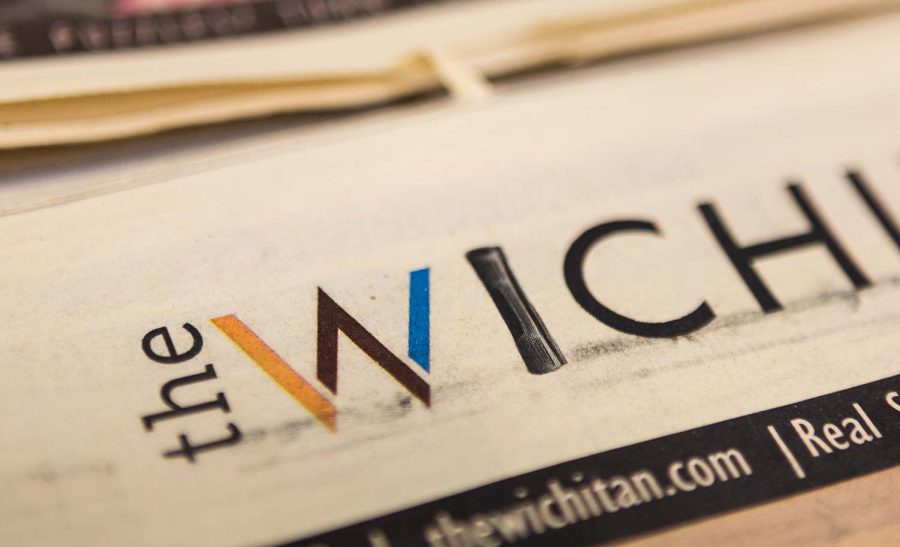
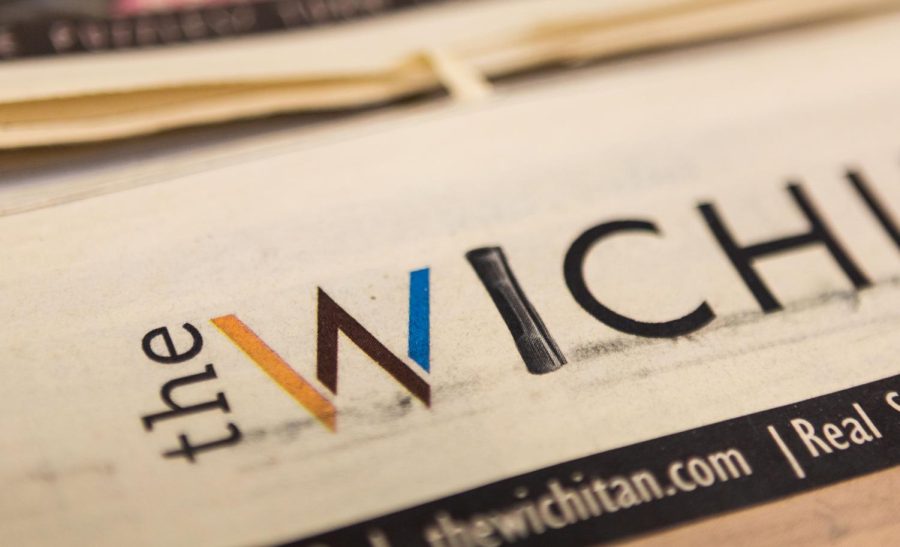
Harold Bedsole • Jan 11, 2021 at 12:43 PM
How can I become part of the change?
Mirae • Feb 26, 2014 at 10:09 AM
I honestly feel as though this article is a bit exaggerated. They weren’t quiet. A good amount of people were paying attention. Yes, things could have been better, but people who were intrigued by the sit-in came and spoke to NAACP members. It was more a lack of interest than NAACP falling short.
Komrade Vladimir Konformski • Feb 26, 2014 at 8:19 AM
Couldn’t agree more. On one hand, the uncomfortable feeling felt by some should have been used as a springboard to further discussion, foster engagement, and to add historical context to the activity. Instead, it was just another failed outreach attempt to somehow celebrate Black History Month by simply allowing those in charge of the programming to say “we did something.” Again, it is an important part of all of our shared history, not just for blacks, and something this intentional to create discomfort should have been an ideal opportunity to further student’s understanding of something so monumental to the struggle for Civil Rights.